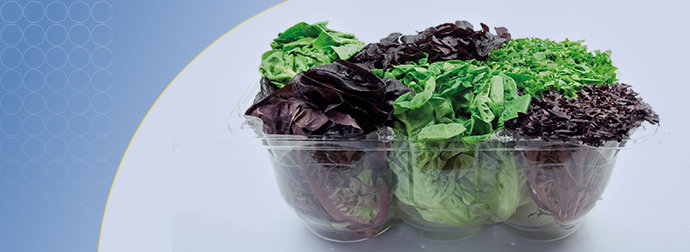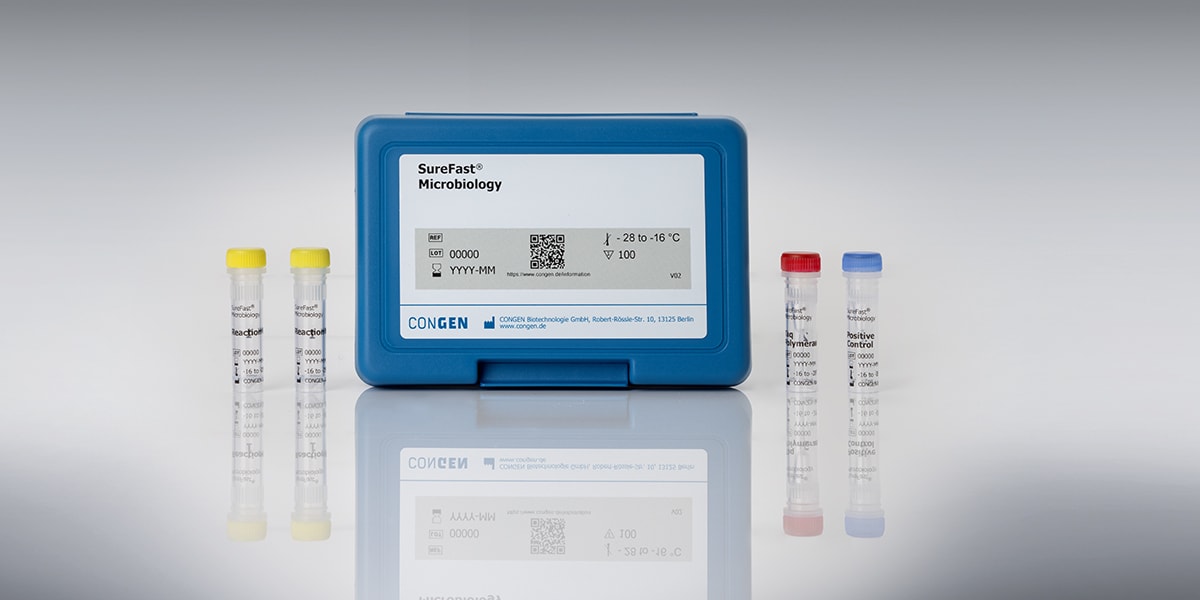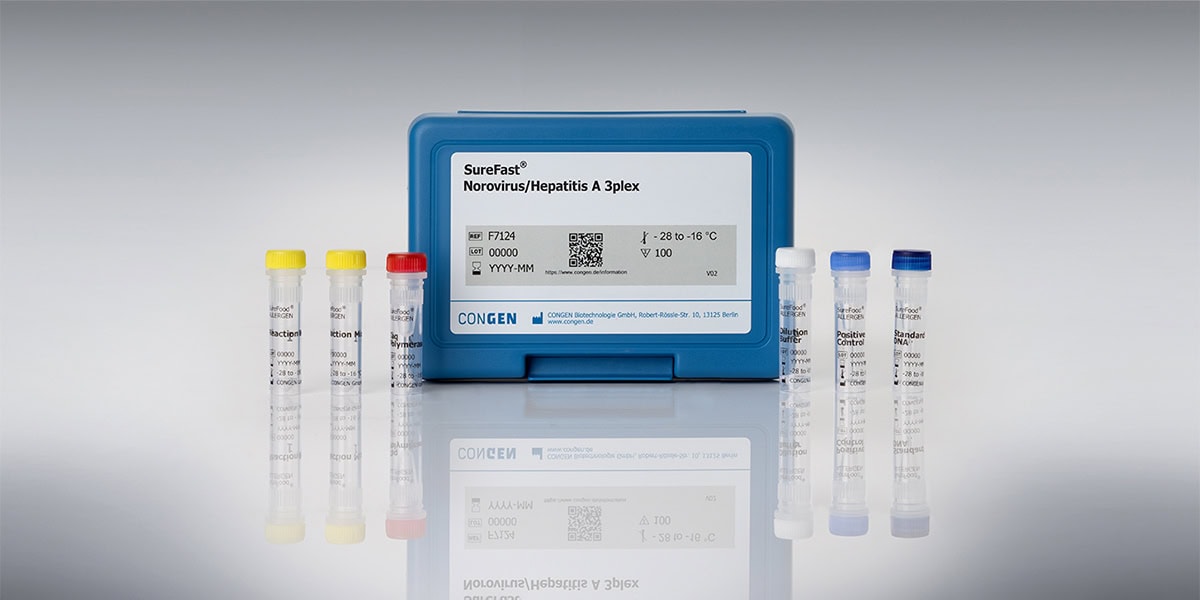
Recent news in Food & Feed Analysis
- Home
- /
- Viruses in food: Why...
Viruses in food: Why you should check your food for norovirus & co.

Virus infections occur more often in winter; however, outbreaks during the warm months are not uncommon. Besides direct contact with an infected person, contaminated food is an important source of infection. A significant risk comes from food which is consumed raw – such as salad.
Excluding bacteria such as salmonella or legionella, viruses can also be transmitted via food and may cause serious infections. The alarming truth is that viruses can spread very quickly and, moreover, they are highly resistant and can survive on surfaces and in foods for long periods of time. Especially in community facilities such as hospitals, schools or nursing homes, foodborne viruses often cause widespread outbreaks.
Which viruses can be transmitted via food?
Noroviruses are most often found in food. In the current year, the RASFF has already reported 23 incidences of norovirus in food. Being the most common cause of gastroenteritis worldwide, noroviruses are responsible for thousands of infections each month. However, hepatitis A viruses are increasingly causing foodborne infections, too. According to a recent study conducted in Italy, the hepatitis A virus could be detected in 18 out of 911 ready-to-eat salad and vegetable samples. More rarely, rotaviruses, sapoviruses or adenoviruses are transmitted via food.
How do viruses get into food?
Contrary to bacteria, viruses cannot multiply in food; they are only able to get into food by external contamination. One can differentiate between two sources of contamination: Primary contamination results from contaminated raw materials. Vegetables, for example, may come into contact with contaminated water already in the field. Secondary contamination occurs during processing, preparation or serving of food and results from poor hygiene.
Proper hygiene in food preparation is critical to the prevention of infections. In practice, however, it may be assumed that hygiene requirements are not always met. A current study conducted by the FSA suggests that employees often don’t wash their hands adequately, don’t wear gloves or come into contact with foodstuffs shortly after a viral disease. Since viruses are killed at high temperatures, high-risk foods are, in particular, products consumed raw including salad, fresh fruit and vegetables, ground pork and frozen berries as well as seafood such as mussels and oysters.
How are viruses in food detected?
The standard method for the detection of viruses in food is PCR. The major difficulty of detecting virus contaminations is that food often contains only very small virus quantities – which, however, can already cause an infection and must therefore be detected reliably. In addition, it is desirable to test not only food but also water and surfaces. A real-time PCR test that meets these requirements and that is capable of detecting norovirus and hepatitis A simultaneously, is SureFast® Norovirus/Hepatitis A 3plex.
Do you have further questions concerning foodborne viruses? We will be happy to support you!


